My favourite part of my recent Menorca trip wasn’t exploring the labyrinthine coves and hidden beaches. It wasn’t tucking into delicious, salty cuttlefish washed down with a crisp glass of wine. It wasn’t even sampling fine flavoured gin in a dedicated distillery (although I’ve gotta say – that came close). It was discovering the Reserva la Concepció salt flats.
I know, I know. It doesn’t sound too exciting. But it really was, and it summed up so many different things I loved about Menorca. Let me tell you why.
What is Reserva la Concepció?
Once you reach the quaint town of Es Mercadal, keep driving north and eventually you’ll pull up to a rusty, inconspicuous looking gate which looks as though it’s never been used.
Enter, and you’ll find your tyres bumping along a gravelly road towards a tumbling down farmhouse. And you’ll wonder where the hell you’re going.
Keep driving.
Turn the corner and the ocean soon makes itself known – the raw, fresh smell and the crisp air rushes to greet you. And just on the lip of the ocean, there a number of glistening pools, set alight by what looks like a hundred tiny diamonds sparkling in the sun. But they’re not diamonds – they’re salt crystals.
The Salines de la Concepció are one of four salt mines on the island, all clustered in the north. Reserva la Concepció is a natural reserve producing fresh sea salt (or “fleur de sel” – the good, chunky stuff) since 1853. The project, run by the formidable Isabelle (more about her later), pioneers the concept of sustainable tourism, which I touched on briefly in my last post, 7 things you didn’t know about Menorca. The project intends to regain the activity of all 53 acres of this farm to preserve, maintain and take care of its natural, cultural and ethnological value.
The salt mines stopped being used in 1984 as the price of salt fell and the farm became less profitable. Production was sold to make table salt. However, the farm was rescued and restored in 2012, and it now once more produces authentic “Flor de Fornells” found in Micorncan markets.
How do they make the salt?
In the UK, I think we’re so used to things being conveniently mass-produced in factories that we lose touch with where things actually come from- the earth. And in this case, the sea. The way they produced the fresh sea salt here was so simple, so natural and so effective that it entirely changed the way I look at this everyday product.
It goes a bit like this: sea water is collected into the 12 pools on the reserve. Sea water has a 3% salt content, but to get those lovely salt crystals forming, it needs to have a salt percentage of 25%. So the sea water is allowed to evaporate from the ponds thanks to the natural effect of sun and wind (this is most effective between June and September). The organisation of the ponds allow the water to flow from one pool to another and regulate it as it does so, increasing the percentage of salt in the water and speeding up the evaporation process.
When the water reaches between 25 and 26 degrees Celsius, grains of salt – fleur de sel – start to accumulate on the surface. This is known as crystallization.
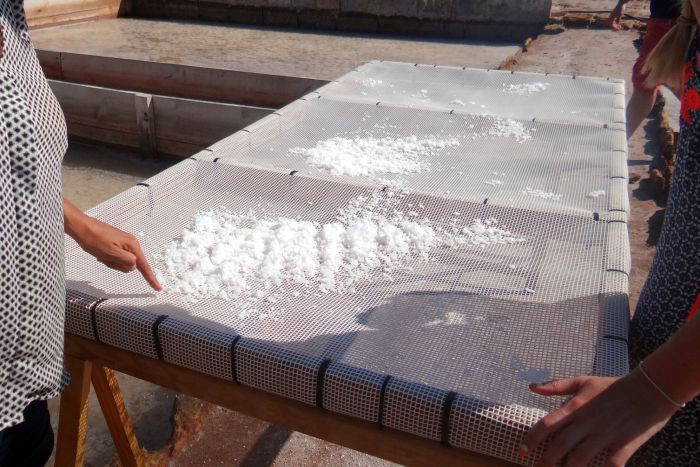
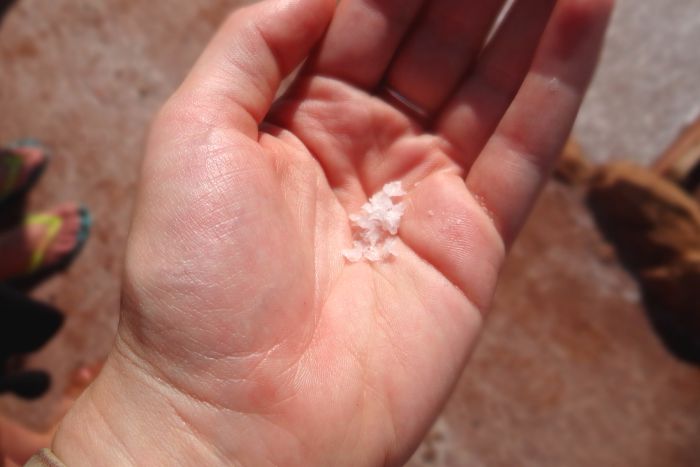
The crystals dry naturally thanks to the wind, and are then directly prepared for consumption. The salt receives no treatment at all – no colouring, no preservatives, no added nasty bits. It’s a completely natural product, prepared for your dinner table by the rolling ocean and gentle winds of Menorca. Pretty incredible.
What else can you do here?
As well as touring the salt flats, checking out the processes and preparing some of the salt for yourself (and hanging out with Leah, the adorable pooch who calls the salt flats home), there’s plenty of other things which make Reserva la Concepció so special.
On our journey to the reserve, we learned that there had just been a wedding. “What a weird place for a wedding”, a member of our group mused. Approaching over the barren fields and khaki-coloured shrubbery, we were inclined to agree with her. But as soon as we saw those shimmering pools, the emerald hills framing the water and the natural jetty reaching out into the sea like an outstretched hand, we suddenly understood. It’s the perfect setting for a wedding, an engagement or any kind of really special event.
Isabelle, the owner of the project, has passion and dedication for the salt marshes that is completely infectious. She also runs eco-friendly retreats for those of us who just need a bit of time out from the craziness of modern life. Life at the farm is simple and restorative – you can go on hikes, go horse-riding in the hills, or kayak out in the crystal waters all with the rustic old farm as your base. There’s even yoga retreats for all the yogis out there. What could be better than perfecting your Warrior pose at sunrise with a view of the ocean? If you visit in September, help out on the salt farm and you can stay and eat for free.
The best part? Indulging in one of these retreats supports an initiative which keeps Menorca natural, pure and unspoiled. I can’t think of a more worthwhile holiday.
Check out Reserva la Concepció for more info. The site is in Spanish, but there’s some great images to give you a feel for the place and also some contact details if you want to get in touch with Isabelle.
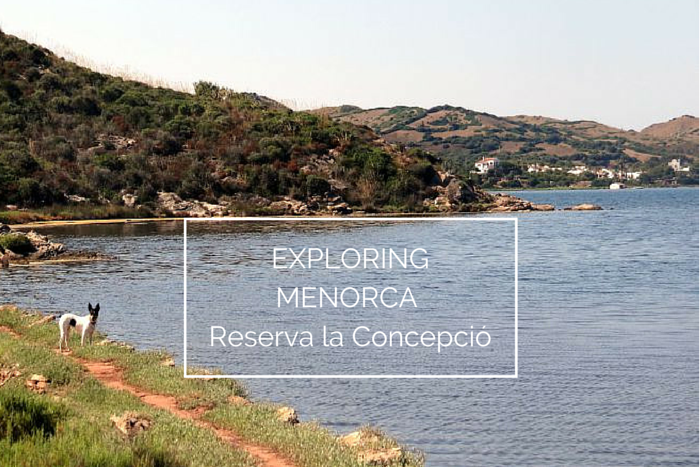
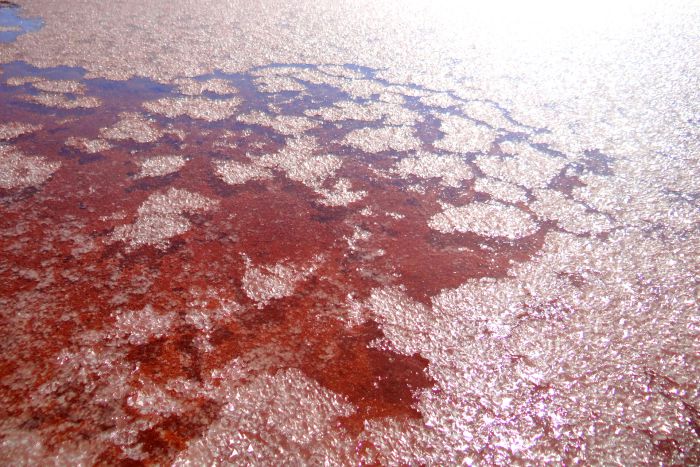
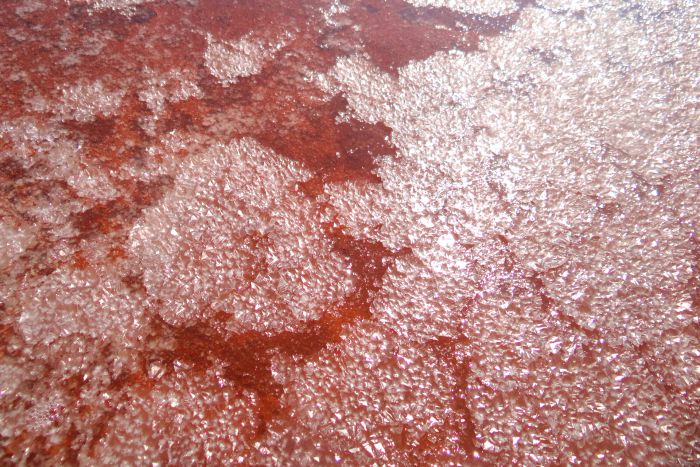
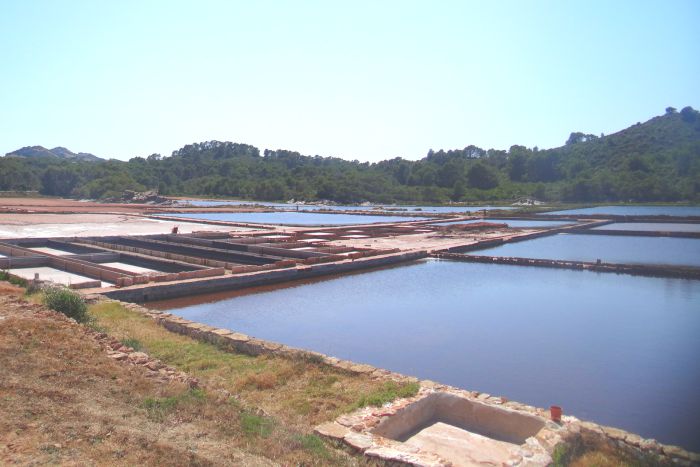
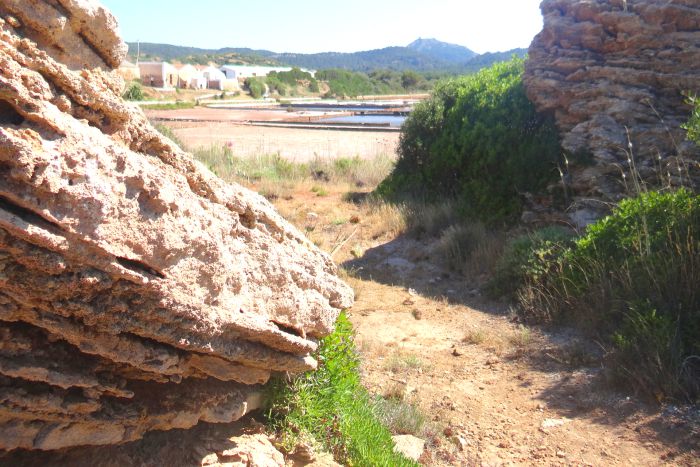
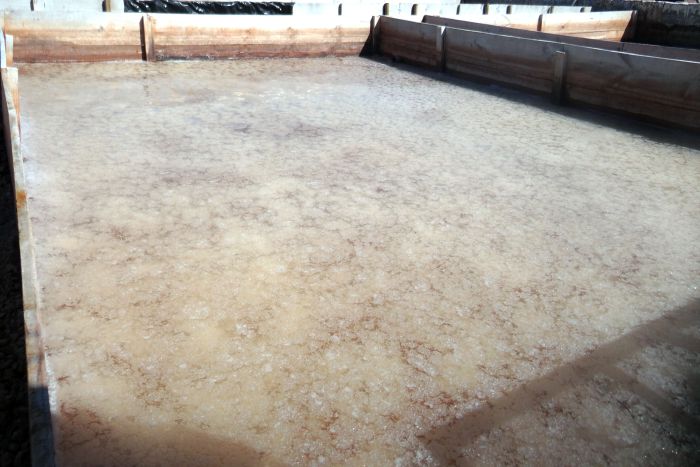
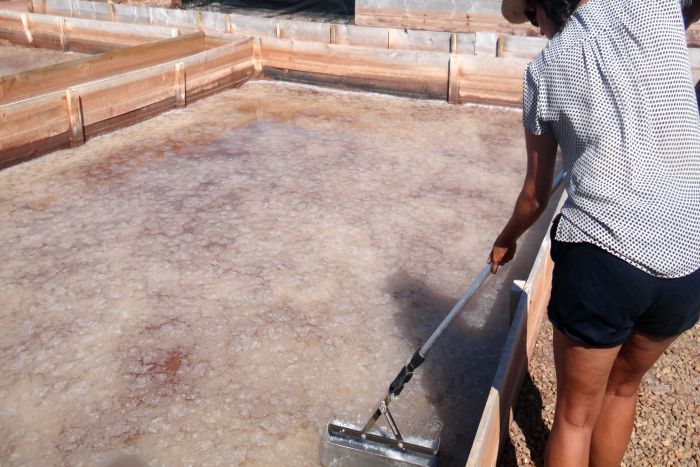
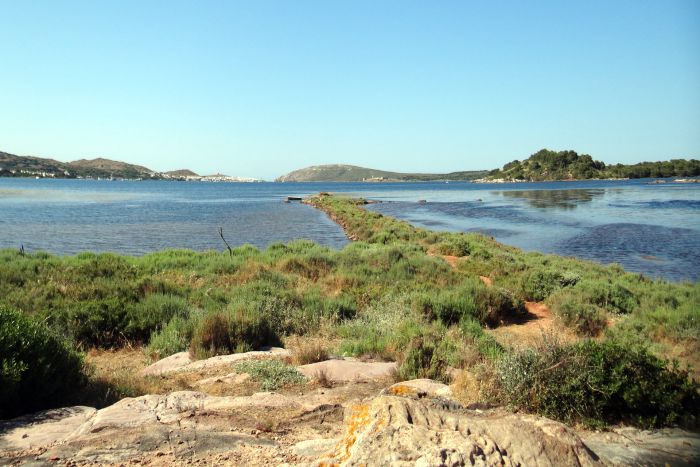
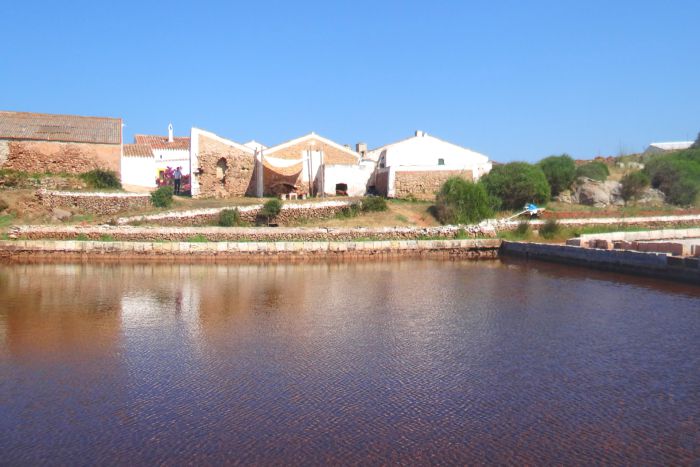
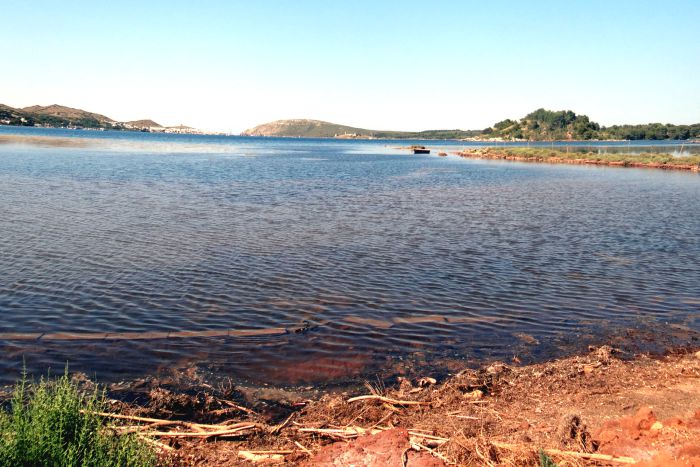
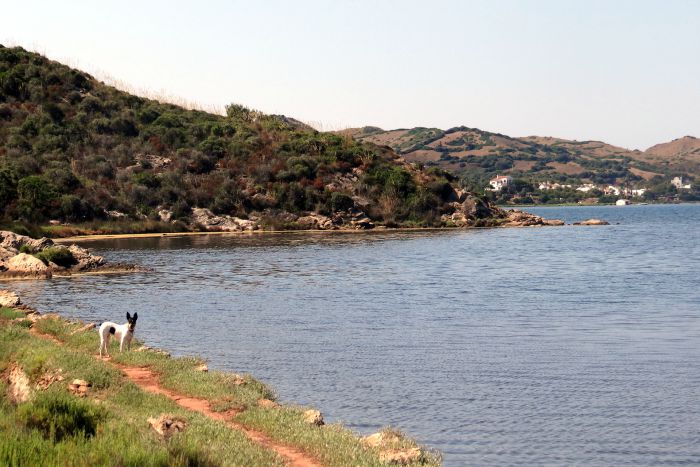
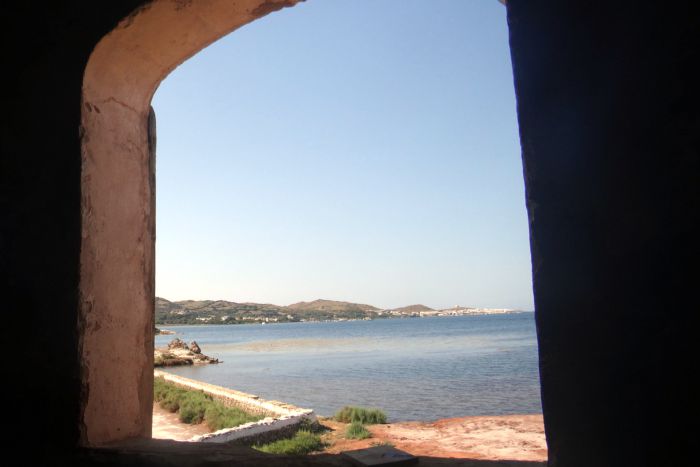
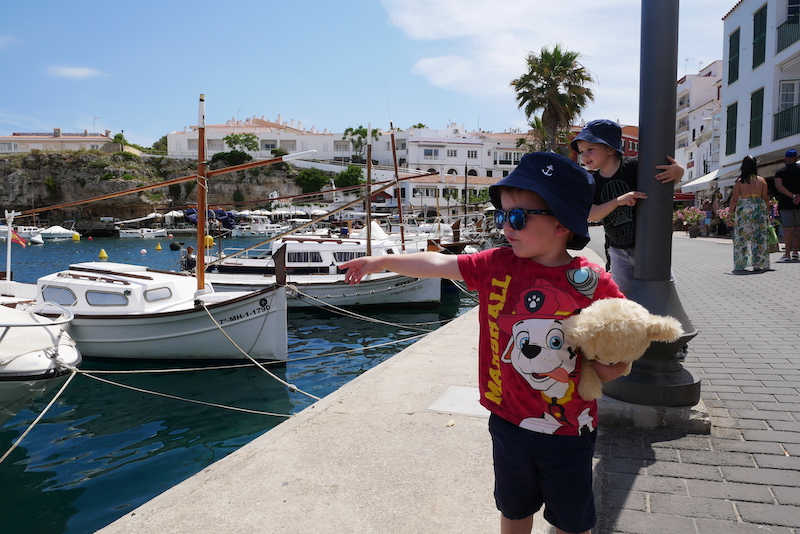
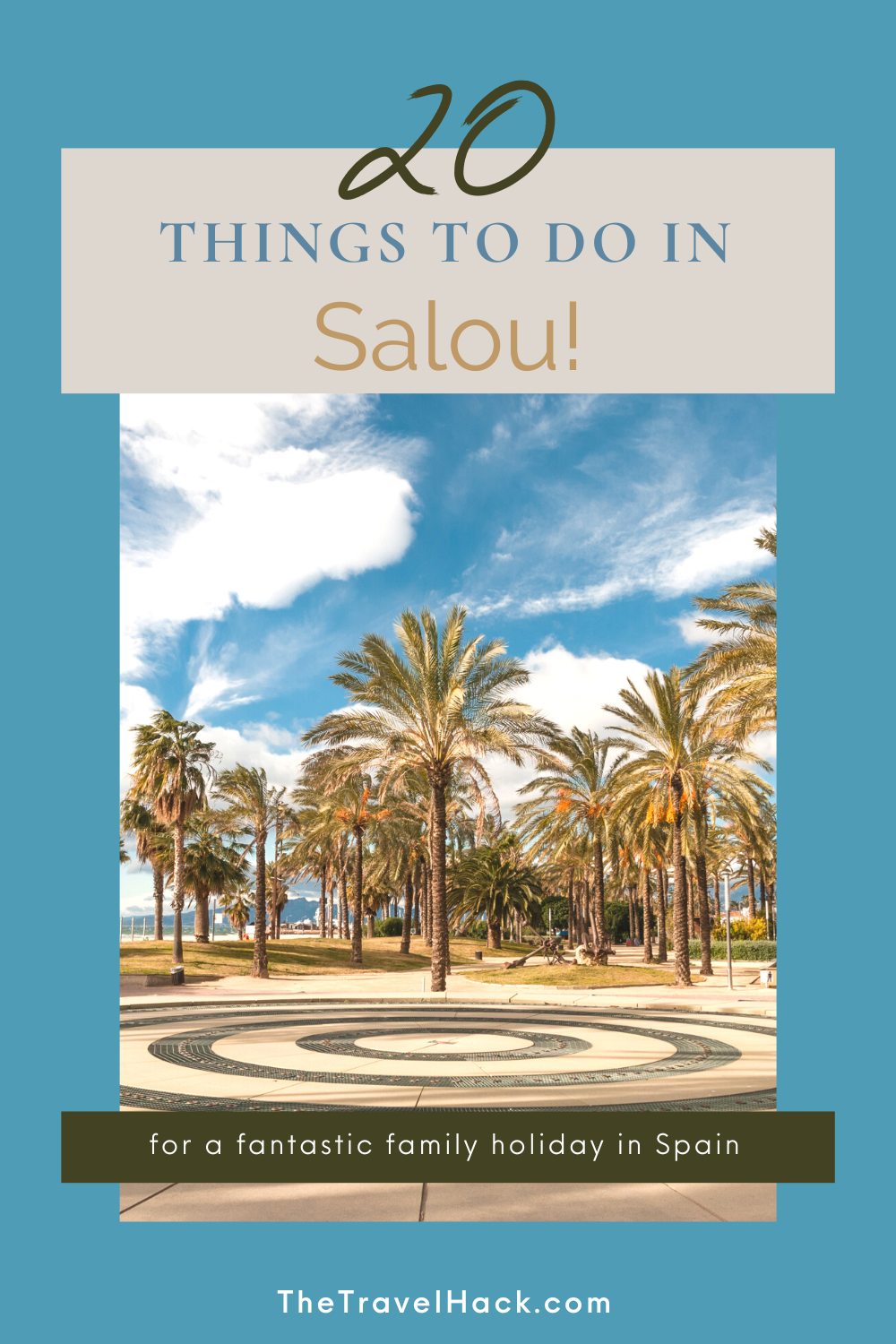
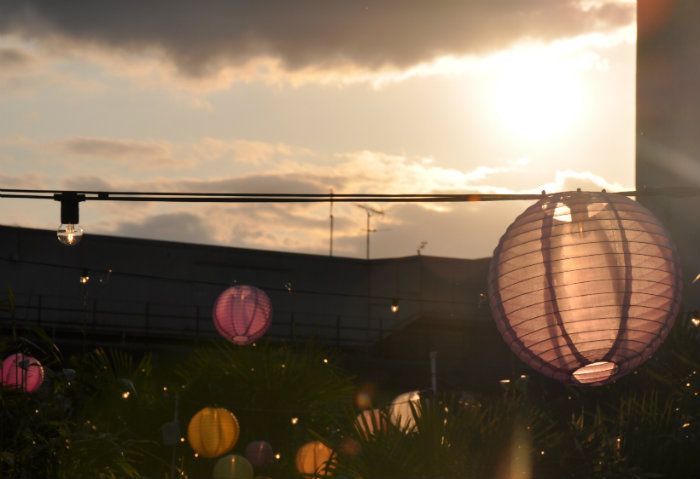
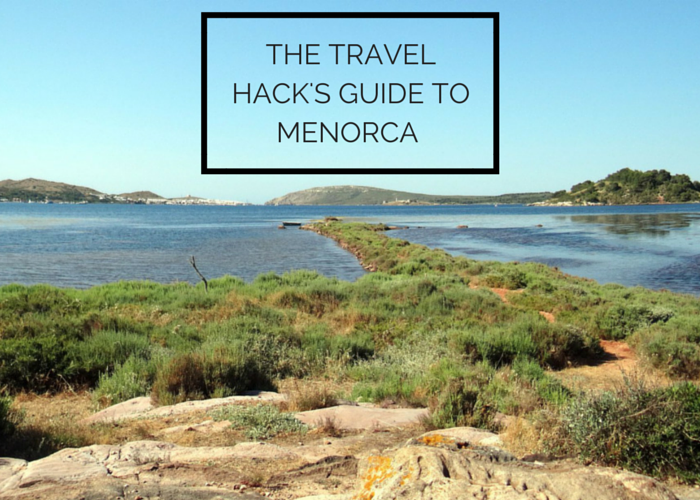
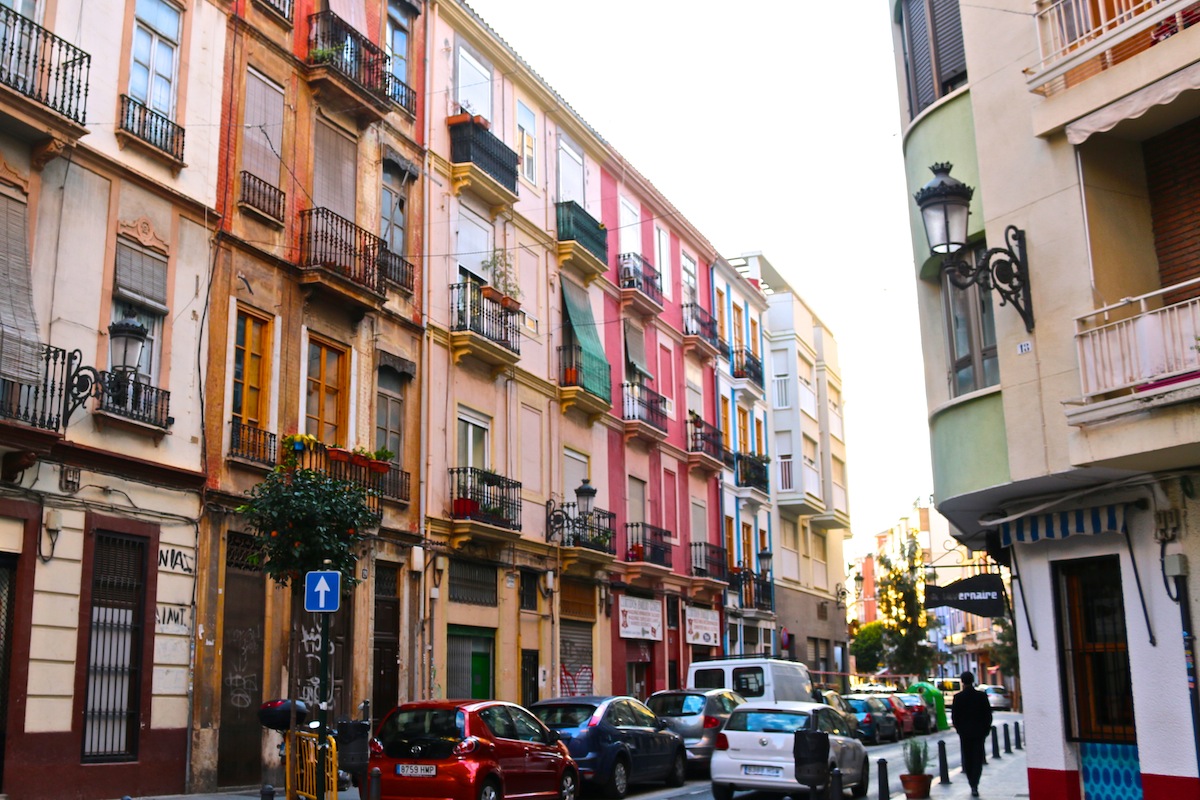
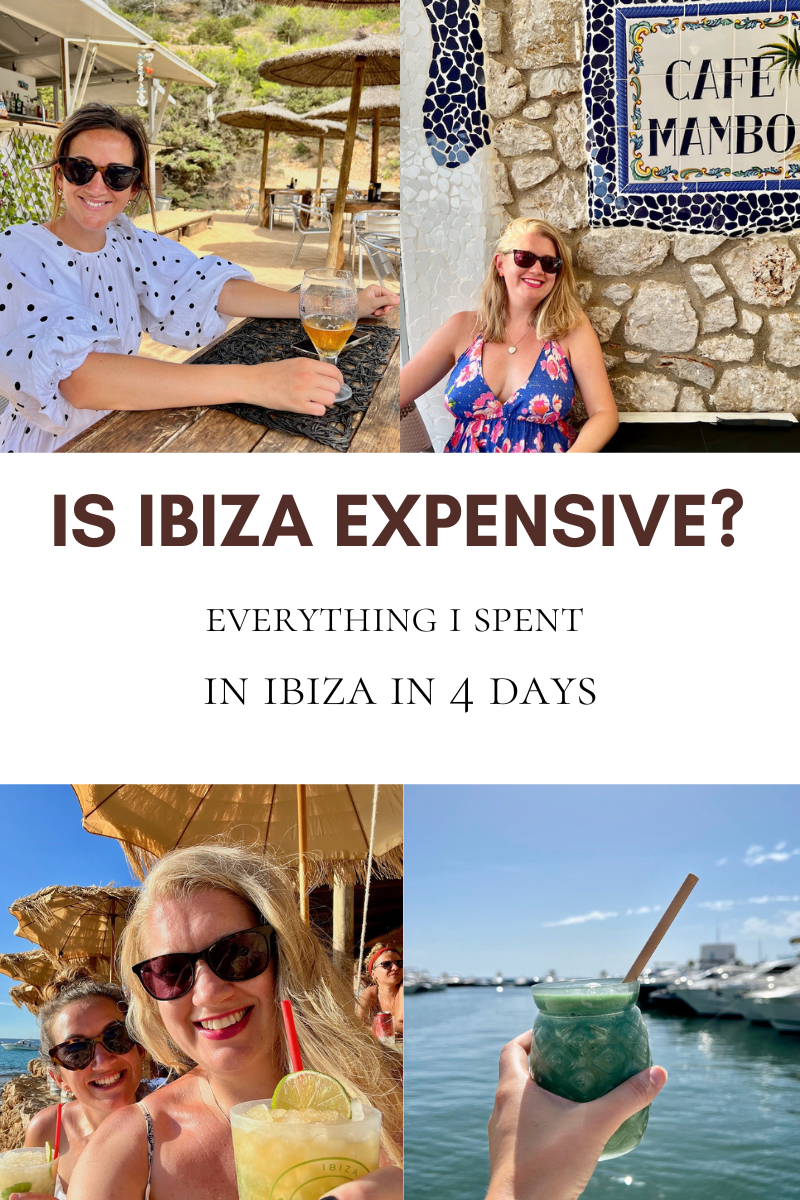
I heard once about fleur de sel from Menorca and I like the idea about it.
I also think it’s an interesting place for a wedding 🙂
Gorgeous photographs! Reserva la Concepció looks amazing!
http://thecourtneydiaries.com